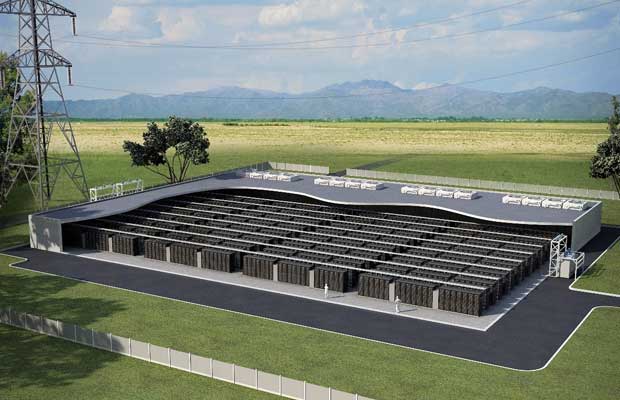
Breaking News
 Liminality: Truthstream Media's Lost History Film | Coming Fourth of July 2026
Liminality: Truthstream Media's Lost History Film | Coming Fourth of July 2026
 This Man Just Explained LA Riots PERFECTLY
This Man Just Explained LA Riots PERFECTLY
Top Tech News
 NVIDIA just announced the T5000 robot brain microprocessor that can power TERMINATORS
NVIDIA just announced the T5000 robot brain microprocessor that can power TERMINATORS
 Two-story family home was 3D-printed in just 18 hours
Two-story family home was 3D-printed in just 18 hours
 This Hypersonic Space Plane Will Fly From London to N.Y.C. in an Hour
This Hypersonic Space Plane Will Fly From London to N.Y.C. in an Hour
 Magnetic Fields Reshape the Movement of Sound Waves in a Stunning Discovery
Magnetic Fields Reshape the Movement of Sound Waves in a Stunning Discovery
 There are studies that have shown that there is a peptide that can completely regenerate nerves
There are studies that have shown that there is a peptide that can completely regenerate nerves
 Swedish startup unveils Starlink alternative - that Musk can't switch off
Swedish startup unveils Starlink alternative - that Musk can't switch off
 Video Games At 30,000 Feet? Starlink's Airline Rollout Is Making It Reality
Video Games At 30,000 Feet? Starlink's Airline Rollout Is Making It Reality
 Automating Pregnancy through Robot Surrogates
Automating Pregnancy through Robot Surrogates
 Grok 4 Vending Machine Win, Stealth Grok 4 coding Leading to Possible AGI with Grok 5
Grok 4 Vending Machine Win, Stealth Grok 4 coding Leading to Possible AGI with Grok 5
Disruptive iron-air grid-scale battery is 10% the cost of lithium

These simple iron-air batteries store up to 100 hours of energy at a tenth the cost of a lithium battery farm.
The big picture here is of course renewable energy. Solar, wind and other forms of green energy produce power as and when it's available, rather than when it's needed. Sometimes they may not produce much at all, for days at a time. So as the world starts to transition away from cheap, responsive and heavily polluting energy sources like coal, one of the great challenges is creating buffer facilities that can cheaply store and release energy as required.
Tesla more or less kicked the grid-level energy storage sector off in 2017 when it built the world's biggest battery in South Australia. The project was a huge success, and spawned many similar, larger developments worldwide. But there are inherent issues with lithium batteries. They're expensive, they wear out, they're better suited to quick turnaround than long-term storage. Not to mention, China's near-stranglehold on the lithium battery industry presents genuine energy security issues for other countries in the race to zero carbon by 2050.
Form Energy believes it has the answer: an iron-air battery capable of mass deployment at very low cost, using extremely common materials, capable of supplying power for up to 100 hours in an emergency situation. At "less than 1/10th the cost of lithium-ion," a system like this could feed stored energy back into the grid at a price "competitive with conventional power plants,"
Iron-air batteries essentially work by initiating and reversing the rust process. Metallic iron combines with oxygen to release energy in the discharge cycle, and then when energy is applied to this rust, it converts back into metallic iron and releases its oxygen. It's a technology that's lain dormant for many decades due to a wasteful hydrolysis issue, which reduced the battery's efficiency by half until it was addressed in 2012.

 Law n' Order
Law n' Order EMP and EMF-Free Vehicles
EMP and EMF-Free Vehicles HERE COMES THE MOTHERSHIP
HERE COMES THE MOTHERSHIP

